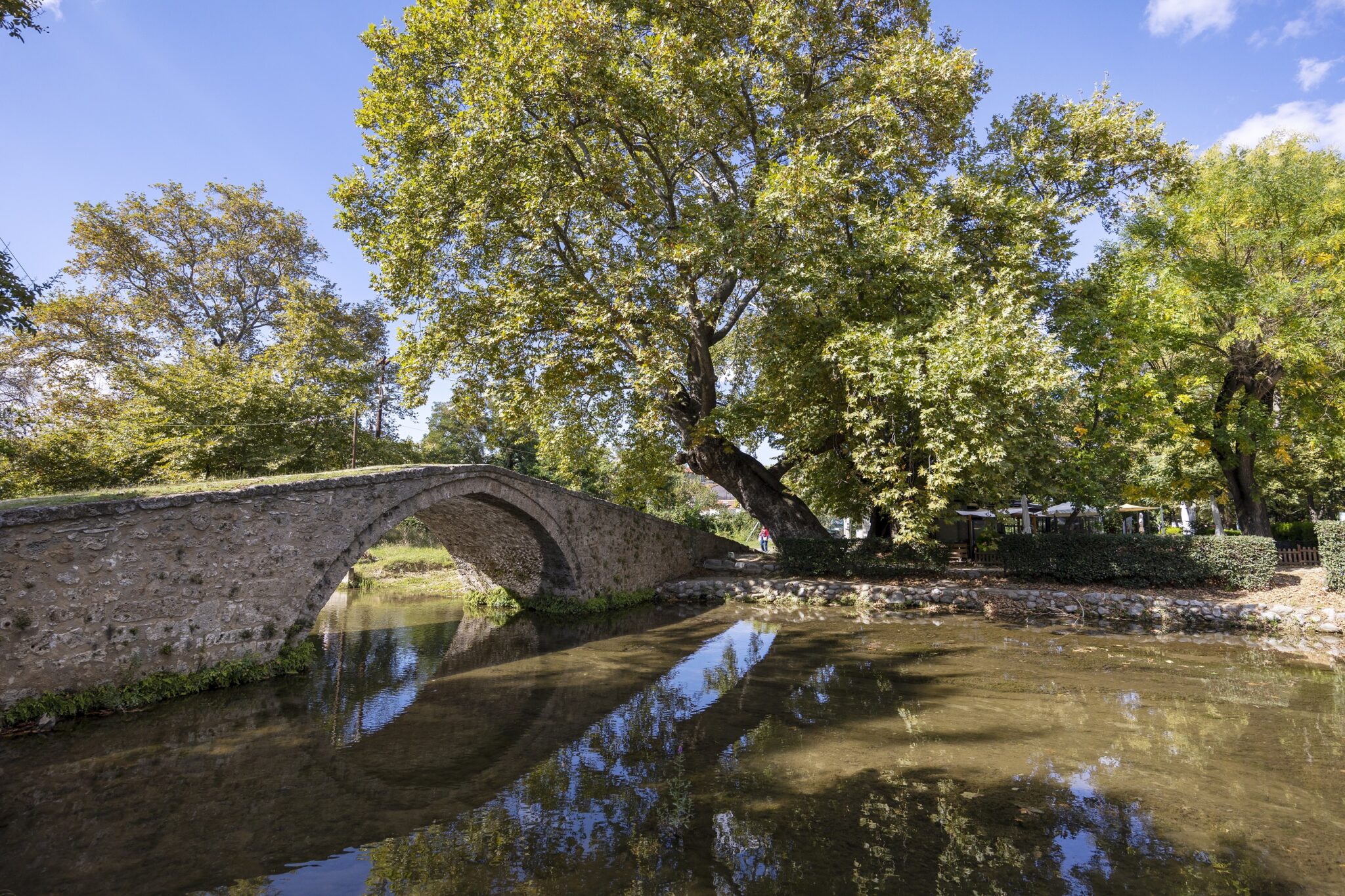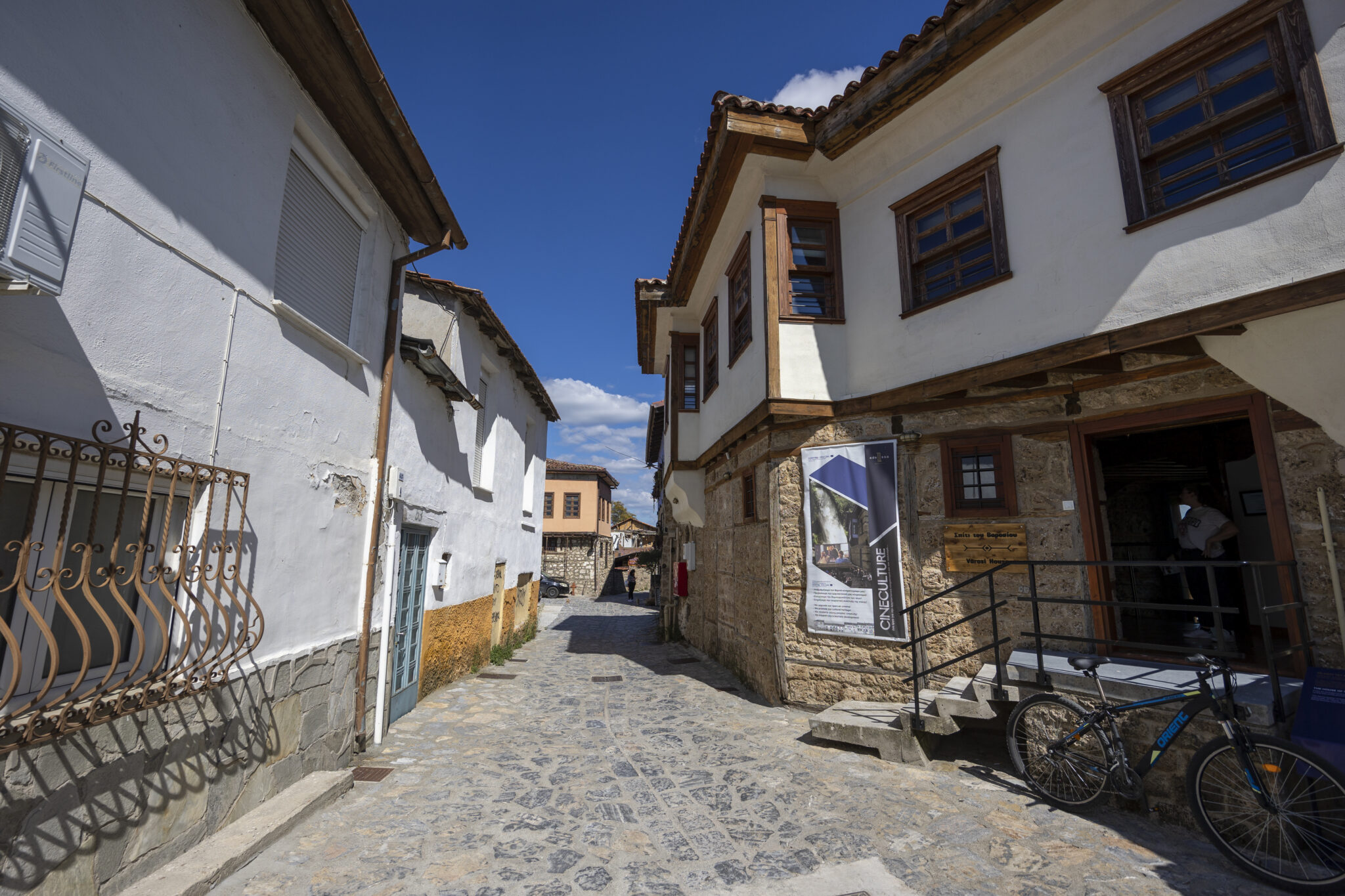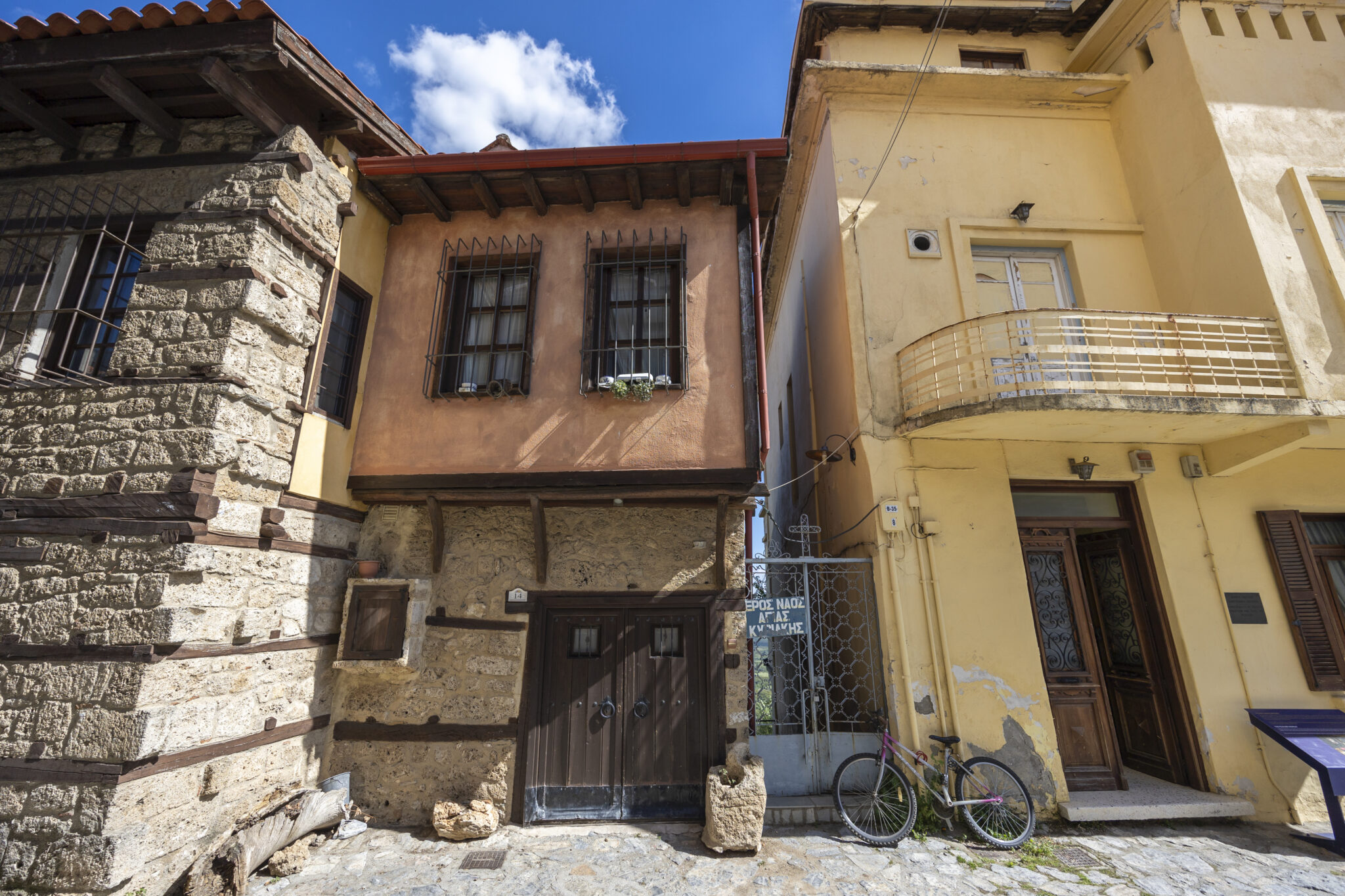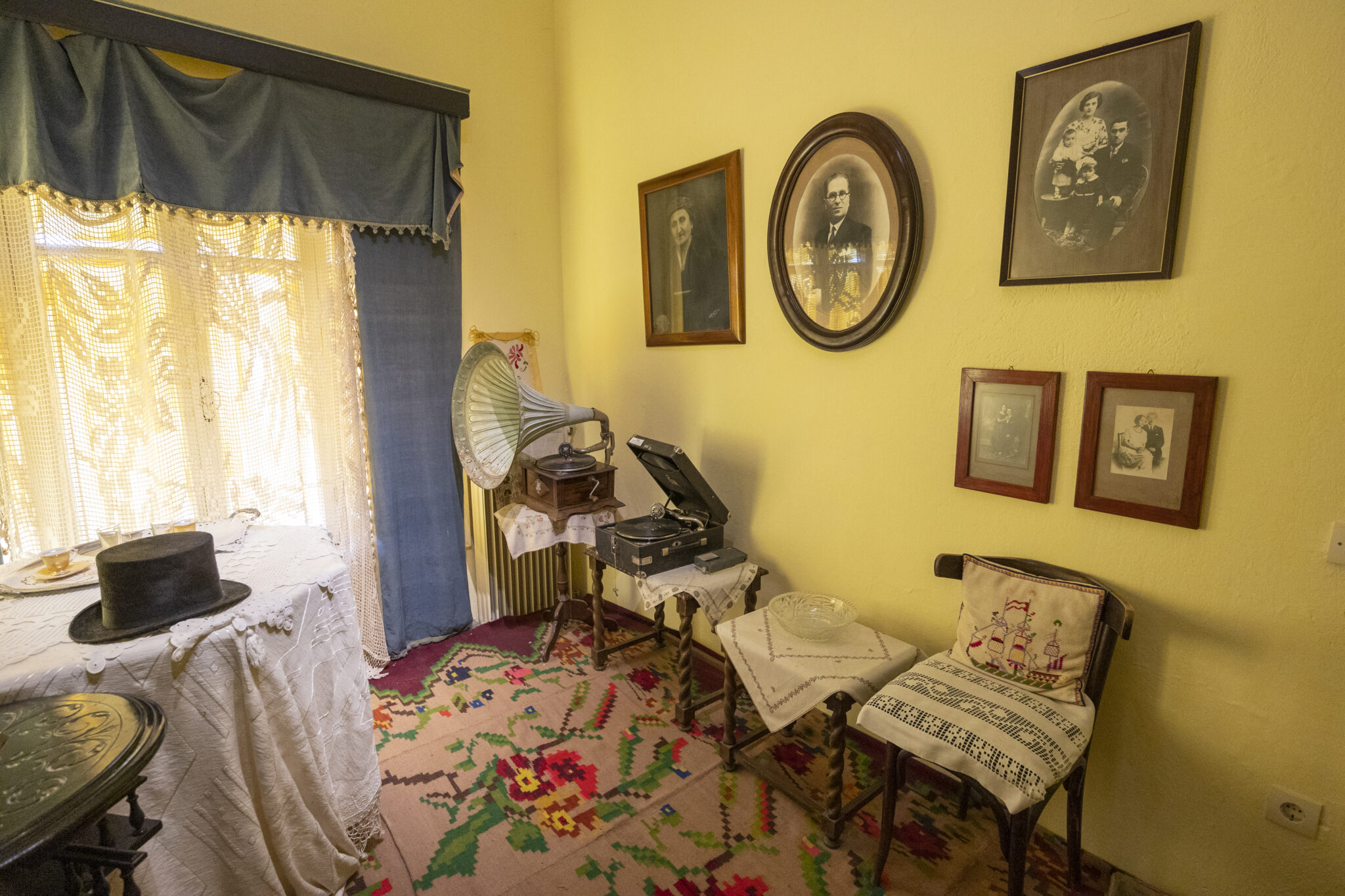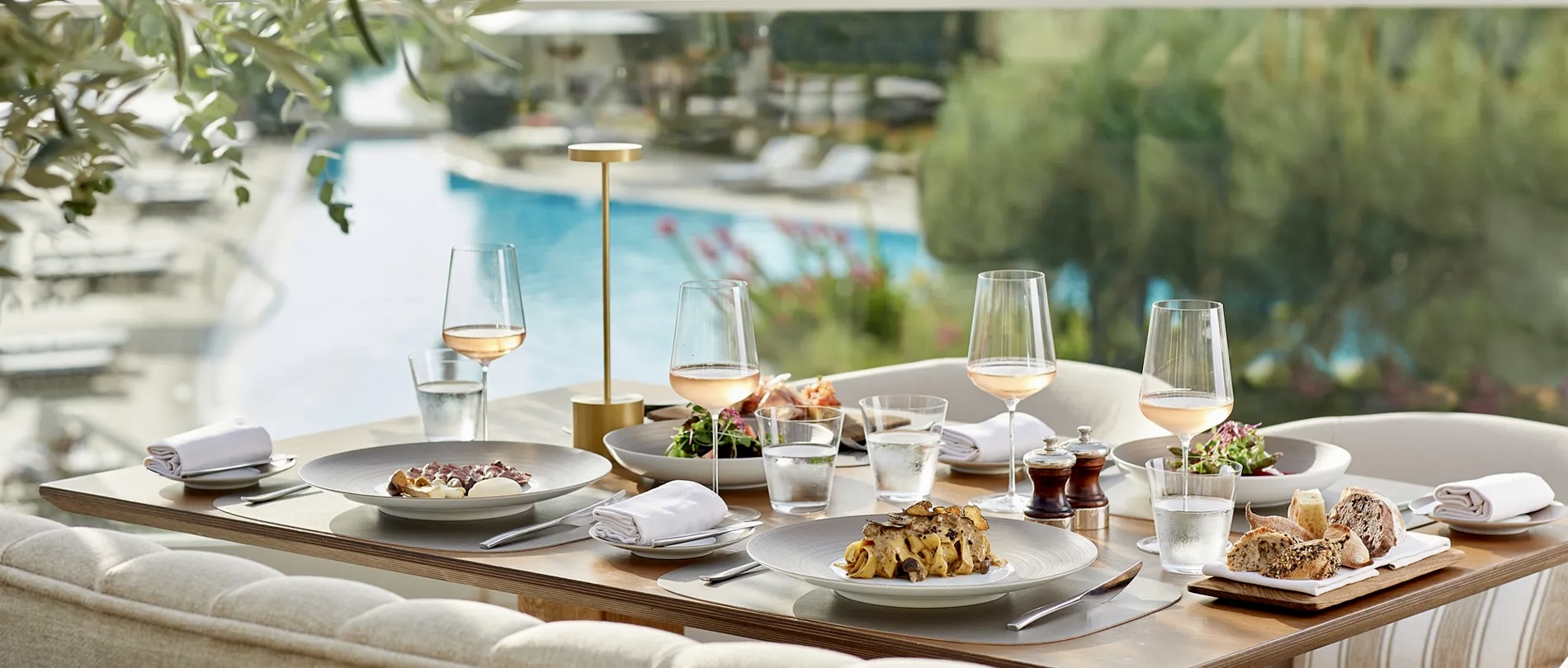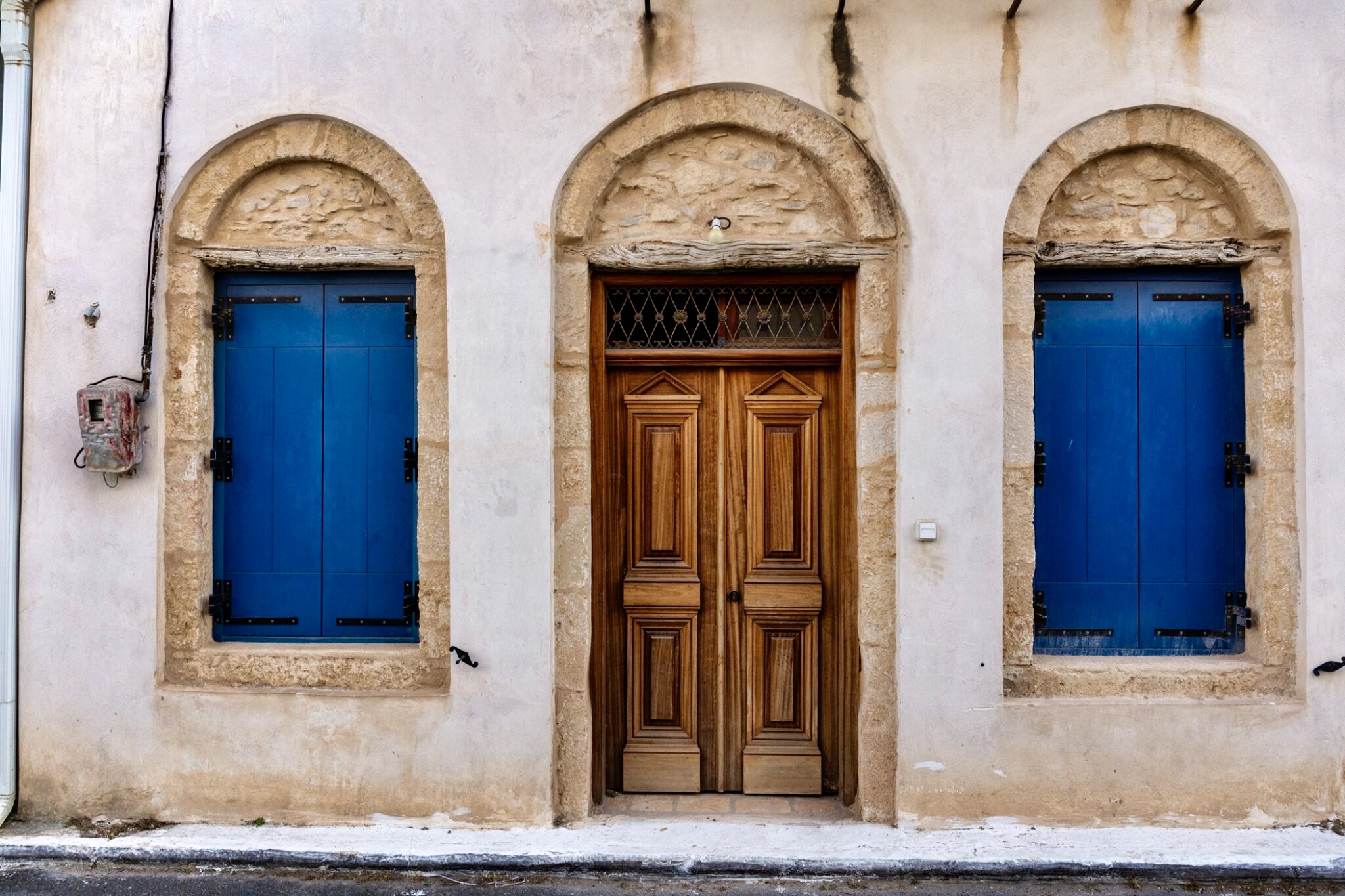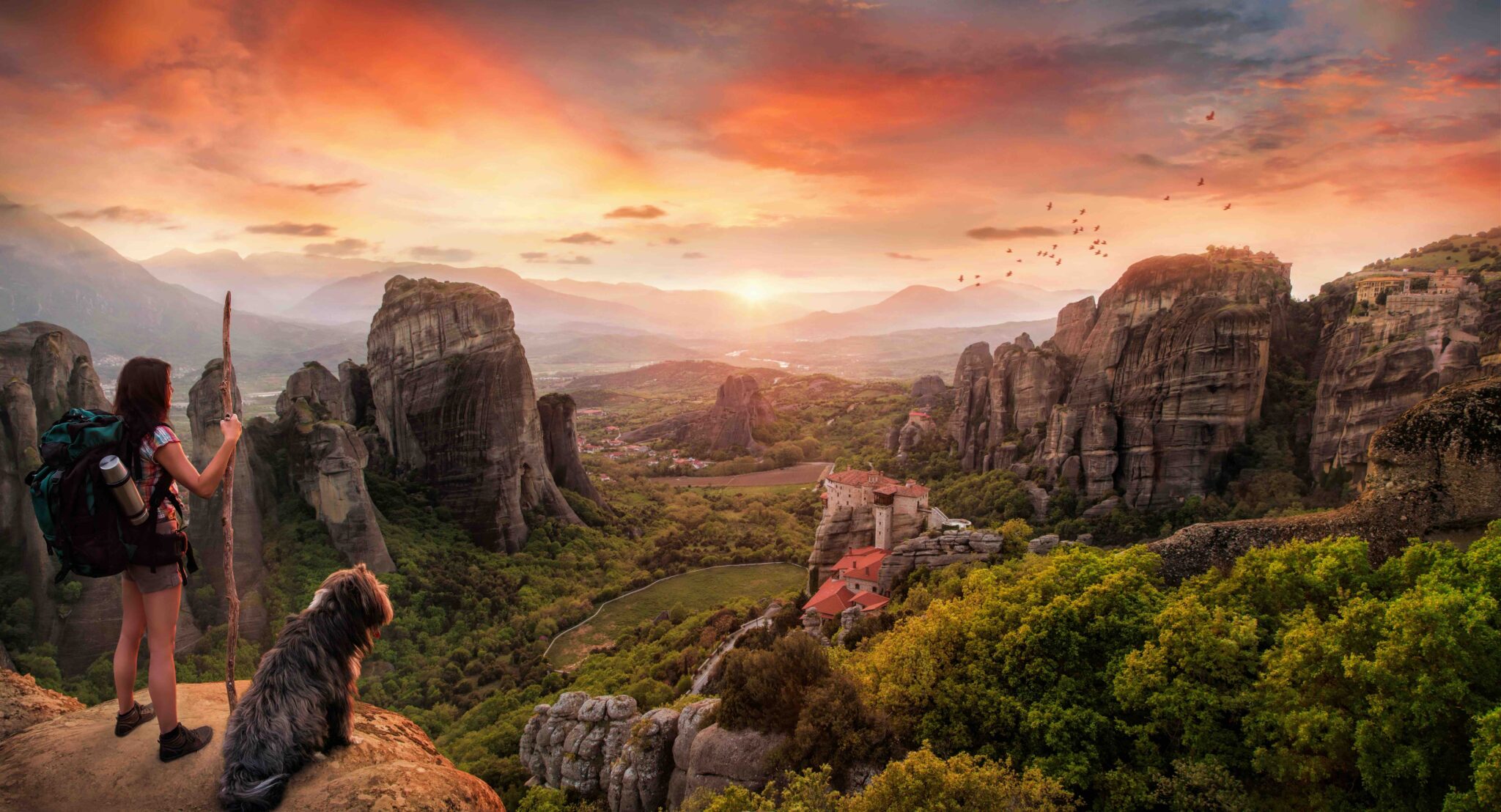The northern city of Edessa is dominated by a watery presence with magical waterfalls and streams being its trademark features. Situated in Greece’s central Macedonian region, Edessa features twelve waterfalls that bring a strong sense of nature to the city and the running waters help enrich the city environment with colourful flowers and marvellous scents.
Edessa has long been associated with the “City of Water” tag often used to describe the place; indeed, its ancient Slavic name, Voden, means just that. Today, just two of Edessa’s twelve waterfalls are accessible – the 70m tall Karanos waterfall, the jewel in the city crown, and, slightly lower, the Diplos falls. Their water stems from Mount Kaimaktsalan, Greece’s third highest mountain.
Paths running through the Edessa Waterfalls Park lead to its Open-Air Water Museum, beginning with the Aquarium-Herpetarium, which hosts many fish and reptile species. Rare snake species not seen in Greece are found in this section of the museum.
The path then continues to the water mill, flour mill and sesame mill, acquainting visitors with the city’s history of water power used by workshops from pre-industrial times up to the early 20th century. A small collection of precious stones is also on display at the museum.
Following a route established by streams leads to Varosi, Edessa’s heritage district. Most travellers visiting Edessa do so for the city’s waterfalls, erroneously neglecting Varosi, a special area featuring a number of examples of well-preserved traditional Macedonian architecture. Two-floor houses with traditional “sachnisi” bay windows, ceramic tiled roofs and courtyards feature in Varosi, alongside old working-class homes and mansions, some of which date as far back as the 19th century. Much of this historical district was unfortunately burnt and destroyed during World War II, specifically on September 12, 1944, as it was a location of strategic importance for Greece’s resistance fighters.
The Edessa Folklore Museum is housed in one of the surviving Varosi mansions, a two-storey building from 1932, donated by the Sivenas family over four decades ago. A third floor was added to the building before it was launched as a museum and its exhibits include various traditional wedding items as well as a large collection of artefacts made for infants. The traditional women’s costumes from the19th and early 20th centuries, including attire for widows and brides, are special and the museum’s top floor hosts period tools and utensils.
Heading towards the city centre, paved paths running parallel to the river lead to the city park, next to the Kioupri bridge, a stone arched bridge surrounded by greenery and spaces designed for strolling and relaxation. Just metres away, Edessa’s central square hosts shops, tucked under the shade of tall plane trees that stand proud, nurtured by the city’s ubiquitous streams.
Many visitors plan their visit to coincide with the Edessa gastronomic fair which runs in the last weeks of May and features local products such as olive oil, honey, and wine, while the roadsides are filled with stands selling the esteemed Edessa- Vodena cherries whose orchards surround the city.
If you are attracted to the miracles of nature, adore running waters, big parks and roads lined with trees, then a visit to Edessa will definitely reward.
The Olive harvest experience: Where to enjoy the olive oil miracle
Naoussa, Greece: Living the grape-harvest experience at the foothills of Mount Vermio
Vlachohoria and Koupatsohoria village groups: Hidden Greek gems



